Picture this: You’re making your bed when suddenly your furry roommate dives straight into the freshly spread sheets, turning your simple task into an epic battle of human versus feline. Sound familiar? While you might think your cat is just being a nuisance, science reveals something surprisingly touching behind these everyday interruptions.
Most cats chose interaction with humans over food, toys, or other activities when given the choice. Your cat’s seemingly disruptive behavior during chores isn’t sabotage – it’s actually their way of saying they want to be with you. Your cat marks his scent by rubbing his face and body, which deposits natural pheromones to establish boundaries within which he feels safe and secure, and those boundaries include you and your activities.
Your Cat Views Household Tasks as Quality Time
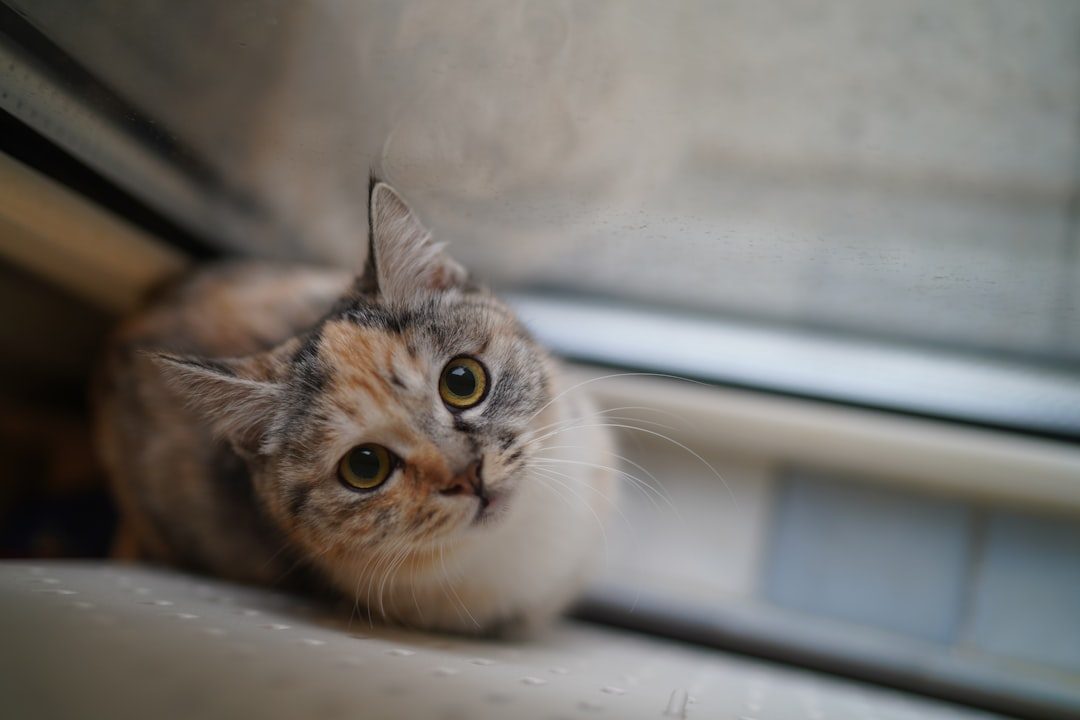
When you’re folding laundry or washing dishes, your cat doesn’t see mundane chores. They see an opportunity for bonding that you’re apparently missing. “Cats who are attached to their humans will solicit attention from them by approaching them (often with a tail held straight up), meowing or pawing at them, etc.,” says Dr. Perry.
Think about it from your cat’s perspective. You spend hours away from home, and now here you are, stationary and focused on something that doesn’t involve them. It’s prime time for interaction. What with Dudley being my wee fluffy shadow, he’s always poking his nose in to whatever I’m up to. Be that winding around my legs as I wash up or make tea, sitting on the cat box as I scoop litter, riding the broom as I sweep.
Territory Management Is Part of Their Job Description
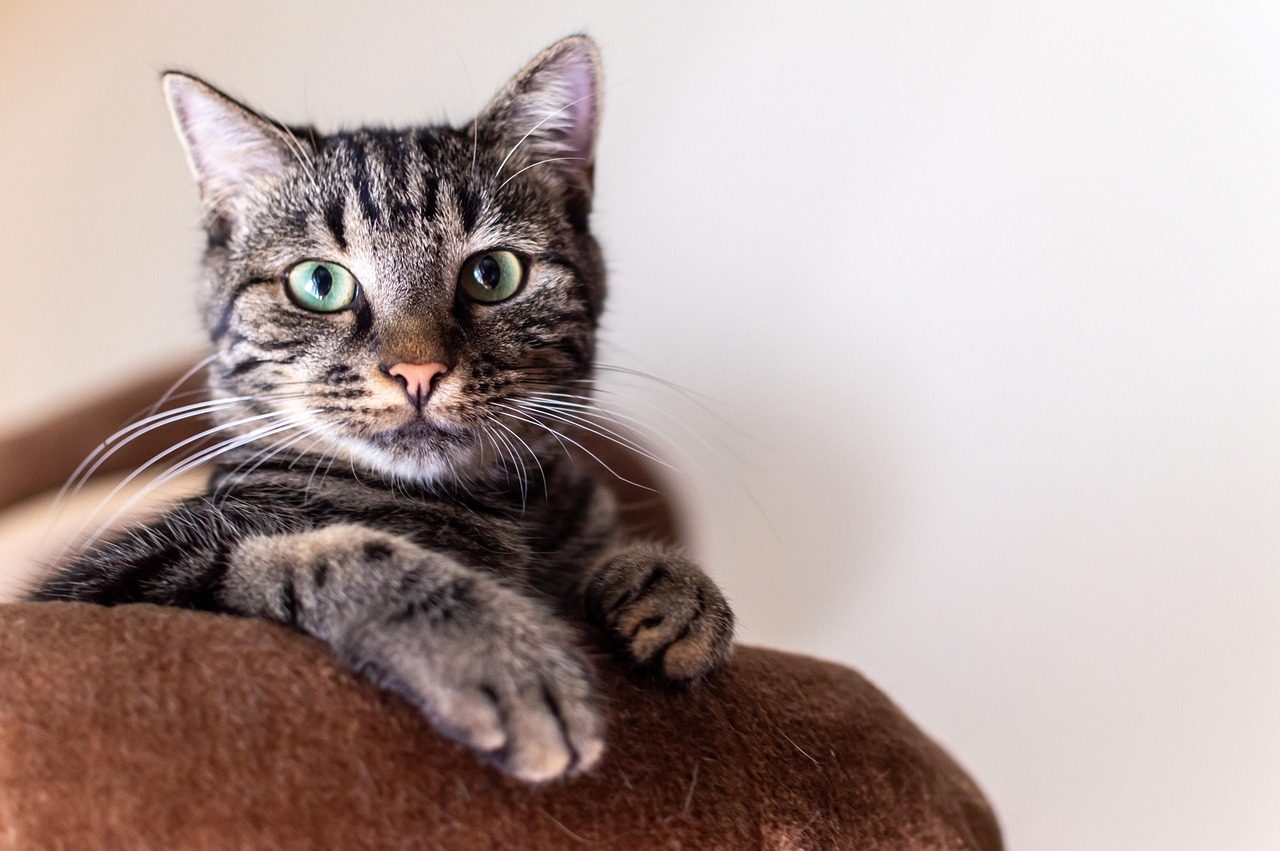
Your cat considers your home their kingdom, and they take their royal duties seriously. He is scent-marking you and these items as part of his territory. When you’re moving things around during cleaning or organizing, you’re essentially rearranging their carefully established territory markers.
Cats consider their home territory, and sharing this space with their owner fosters a sense of belonging and attachment. They perceive their owner as an integral part of their home. Your vacuum cleaner might be removing their scent from the carpet, or your dusting could be erasing precious territorial markers. Their “help” is actually quality control.
They’re Demonstrating Secure Attachment Behavior

Recent research reveals something heartwarming about your cat’s chore interruptions. Perhaps surprisingly to those who think cats don’t care about us, 64 percent of felines were identified as secure in their attachment to their owners. These findings mirror those found in studies of dogs (58 percent secure, 42 percent insecure) and human infants (65 percent secure, 35 percent insecure). In other words, the majority of cats view their owners as a source of comfort and security just like dogs do.
When your cat follows you from room to room during your cleaning spree, they’re exhibiting what researchers call “secure base behavior.” “They also tend to ‘follow’ their owners from room to room, albeit sometimes at a distance. You represent safety and comfort, so naturally they want to stick close during activities.
Curiosity Plus Social Learning Equals Helpful Chaos
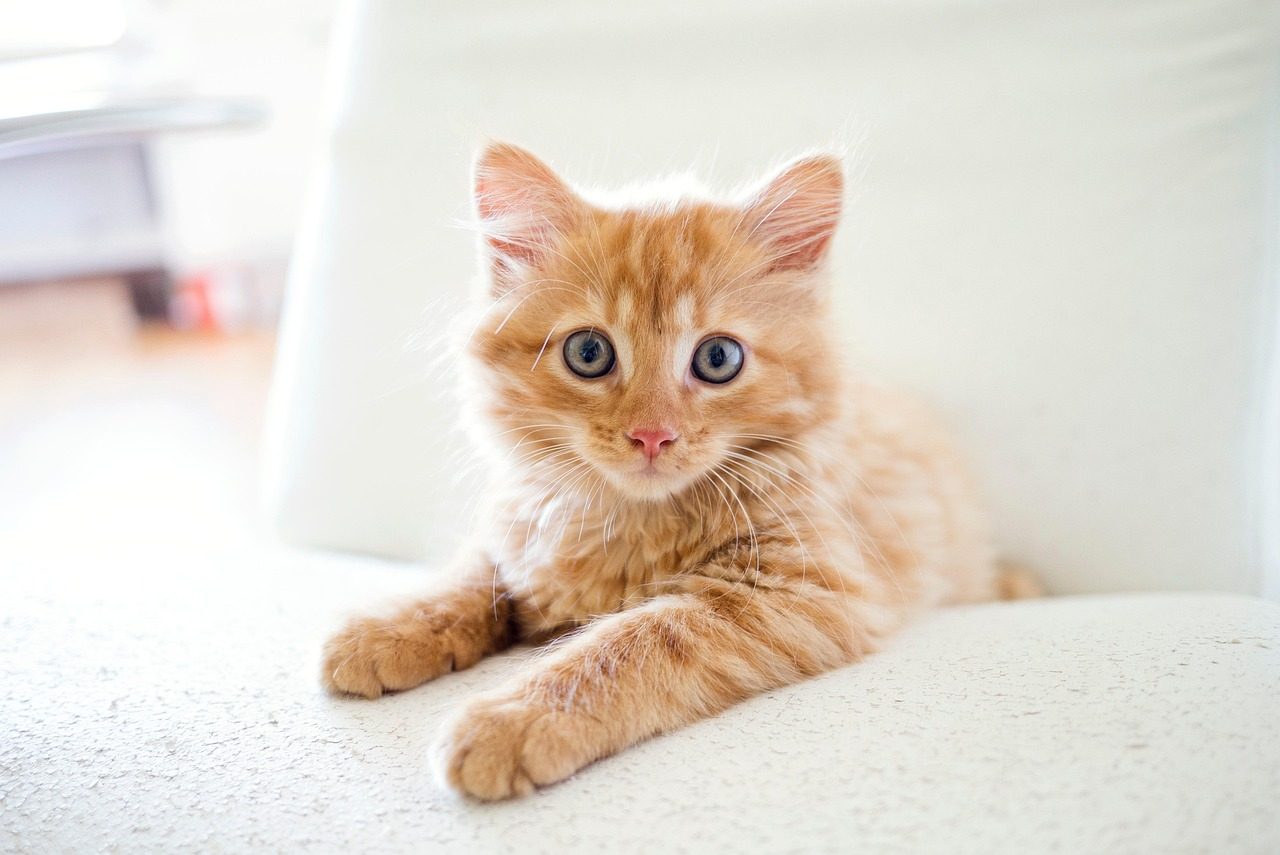
We know that cats possess heightened senses, so you can’t help but wonder if the cat seen in this adorable video detected a little housekeeping frustration when they started cleaning the house. Your cat’s curiosity about your activities isn’t just nosiness, it’s actually a form of social learning. They’re trying to understand what you’re doing and why it’s important.
Cats are naturally investigative creatures. When you bring out unfamiliar tools like vacuum cleaners or mops, their instinct is to examine these mysterious objects. When I am sweeping, he will run beneath all the furniture and bat out the dust bunnies and odds and ends that have rolled beneath so I can pick them up more easily. Sometimes their investigation genuinely helps, even if unintentionally.
Fresh Laundry Triggers Comfort-Seeking Behavior
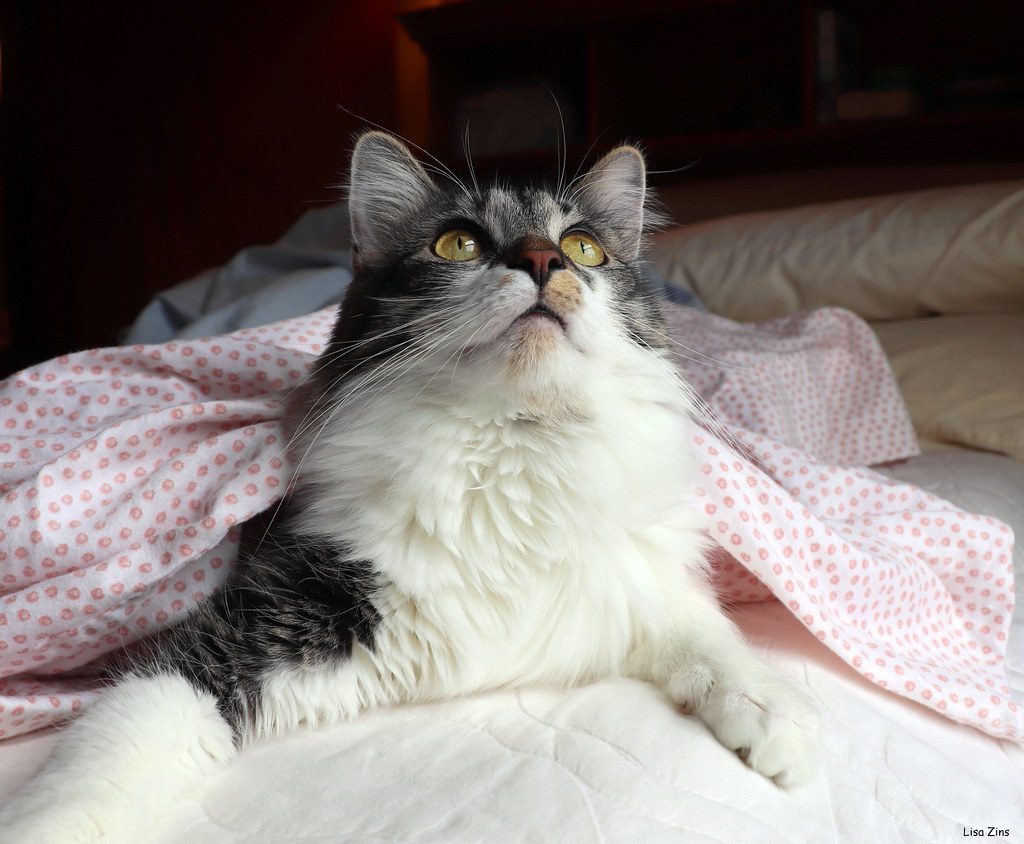
He doesn’t help me to tuck in my bed sheets like some clever cats but every cat I’ve ever known finds clean sheets irresistible and just have to be the first to jump on board. There’s actually science behind your cat’s obsession with fresh laundry. Clean fabrics are warm, soft, and carry your scent without being overwhelmed by other household odors.
Your cat associates clean, warm textiles with comfort and security. When you’re making the bed or folding clothes, you’re essentially presenting them with the feline equivalent of a luxury spa experience. As soon as I start tucking the sheets in she has her paws underneath the mattress helping to pull the sheets tights. She can be in another room, but as soon as she hears the sheets moving she comes running.
Kitchen Activities Trigger Their Hunting and Social Instincts
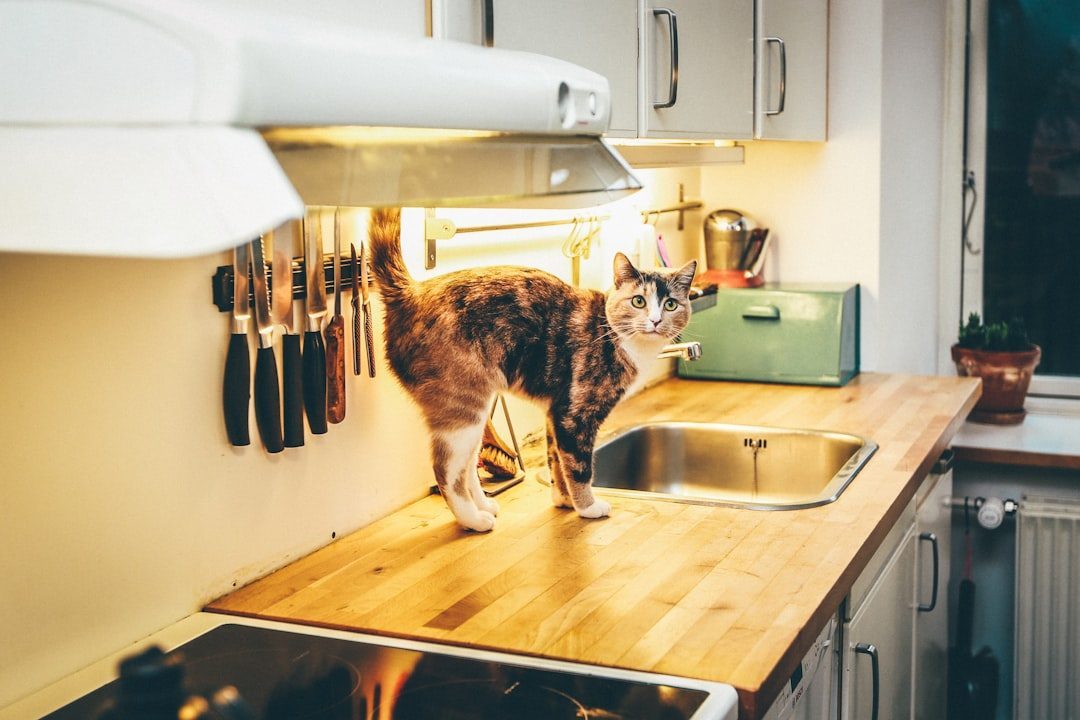
The kitchen is command central for your cat’s world. It’s where food appears, water flows, and interesting smells originate. When you’re washing dishes or preparing meals, you’re activating multiple trigger points for feline interest. Moving objects, running water, and food-related activities all tap into their natural hunting and survival instincts.
As laundry gets tossed toward the basket, the kitten jumps up to grab each piece of laundry to ensure it finds its rightful place in the basket. OK, so the only real way the cat is helping is making laundry a fun, exciting game and not actually doing any part of the actual chore, but it still counts as helping. Your cat genuinely believes they’re contributing to household management.
Attention-Seeking Behavior Disguised as Helpfulness

Well, unlike dogs who enjoy watching you work but seldom care to assist, I would say the question would be easier to answer if you rephrased it to read which chores aren’t hard to do with a cat. Cats generally want to “help” you do everything and are usually certain they have a… better way of doing things than you do.
Let’s be honest here. Sometimes your cat’s “help” is actually a clever attention-seeking strategy. Securely attached cats not only engaged more positively with their owners but also exhibited fewer problematic behaviors such as destructive actions or aggressive responses when meeting strangers. In other words, the more a cat chose to stay close to its owner, the more likely it was to experience a boost in the hormone that supports relaxation and bonding.
Creating a Stronger Bond Through Understanding Their Help
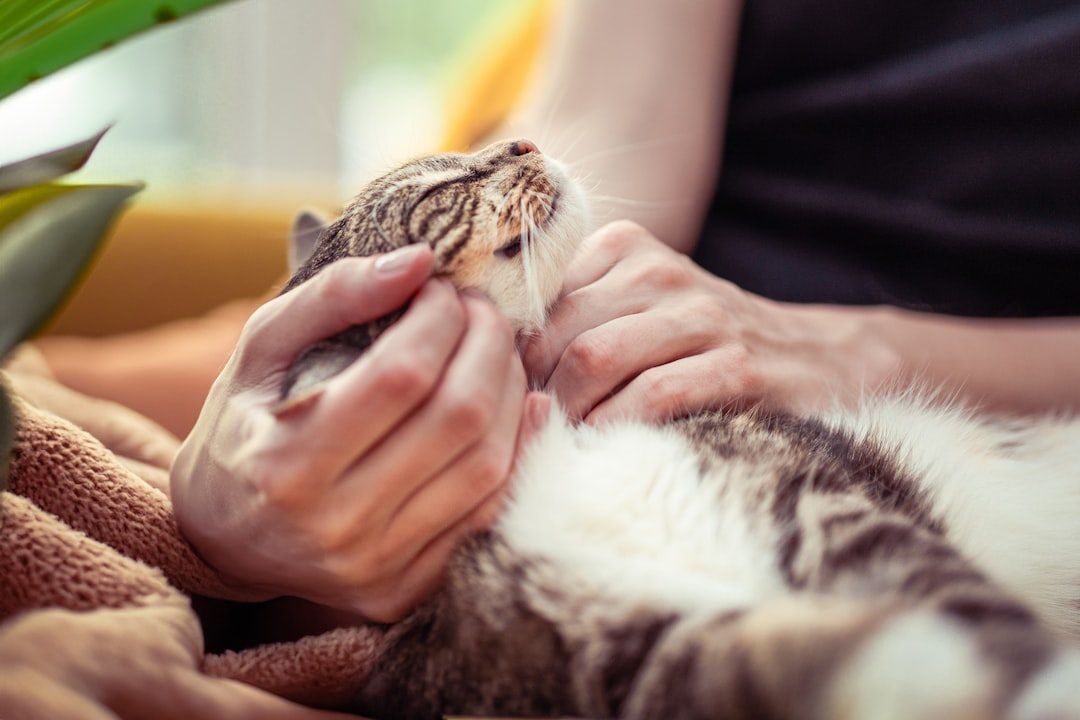
Rather than getting frustrated with your feline assistant, try embracing their involvement. Consistency and routine are paramount in providing a thriving and contented life for cats. These elements play a crucial role in their overall well-being: Stress Reduction: Routine creates a sense of security and predictability for cats, effectively reducing their stress levels. Include them in your routine by setting up specific ways they can “help” without disrupting your progress.
New research reveals that a cat’s attachment style influences its behavior, problematic actions, and oxytocin levels during owner interactions, highlighting the importance of nurturing human–cat relationships. Understanding that your cat’s interruptions come from a place of attachment and curiosity can transform these moments from frustrating obstacles into opportunities for deeper bonding. What initially seems like feline sabotage is actually your cat’s way of saying, “I love you and want to be part of whatever you’re doing.”
Conclusion
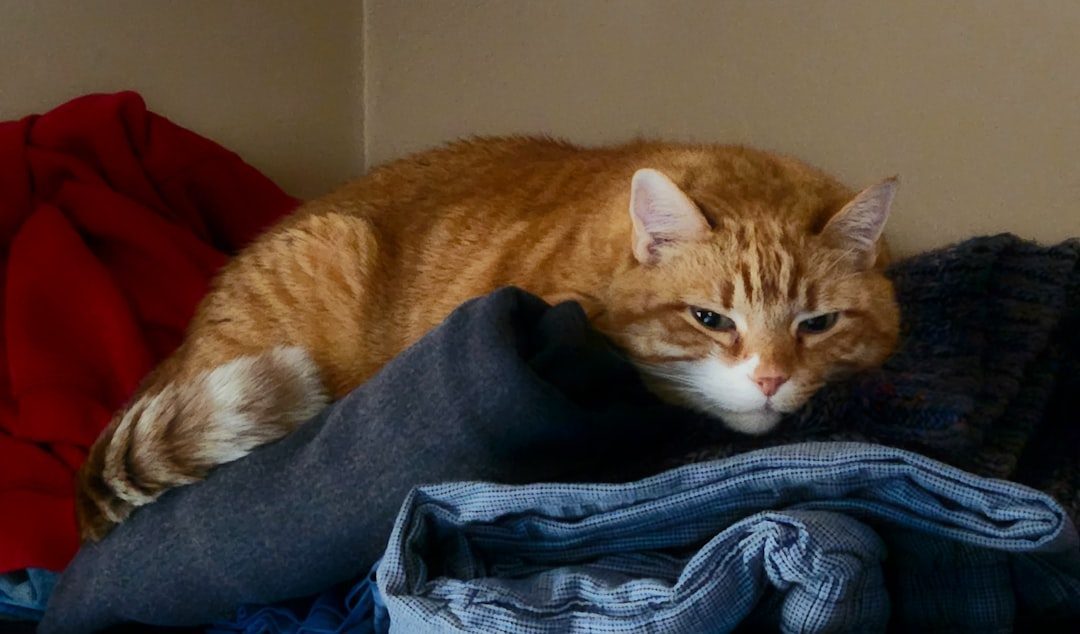
The next time your cat dives into your freshly folded laundry or insists on supervising your dishwashing technique, remember that they’re not trying to make your life difficult. Cats might seem like solitary creatures, but studies show they form attachments with their caregivers, similar to dogs and even young humans. Their “help” is actually a complex mix of territorial instincts, social bonding, curiosity, and genuine affection for you.
Your cat views household chores as shared activities rather than solo tasks. They want to be included in your daily routine because you’re their favorite person and their secure base in an uncertain world. So maybe next time, instead of shooing them away, try appreciating their unique brand of assistance. After all, how many personal assistants come with built-in purr therapy? What do you think – have you been underestimating your cat’s helpful intentions all along?





